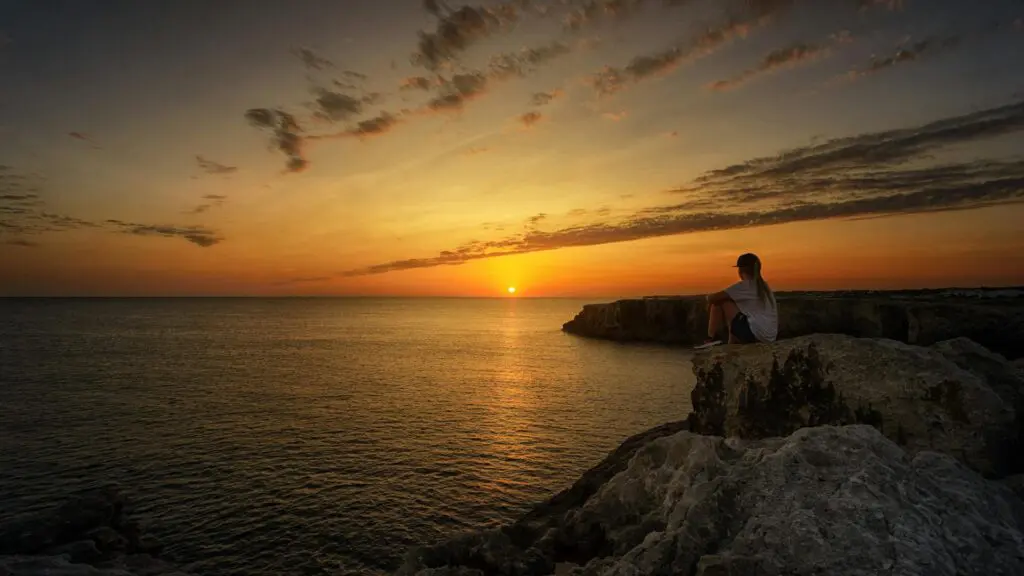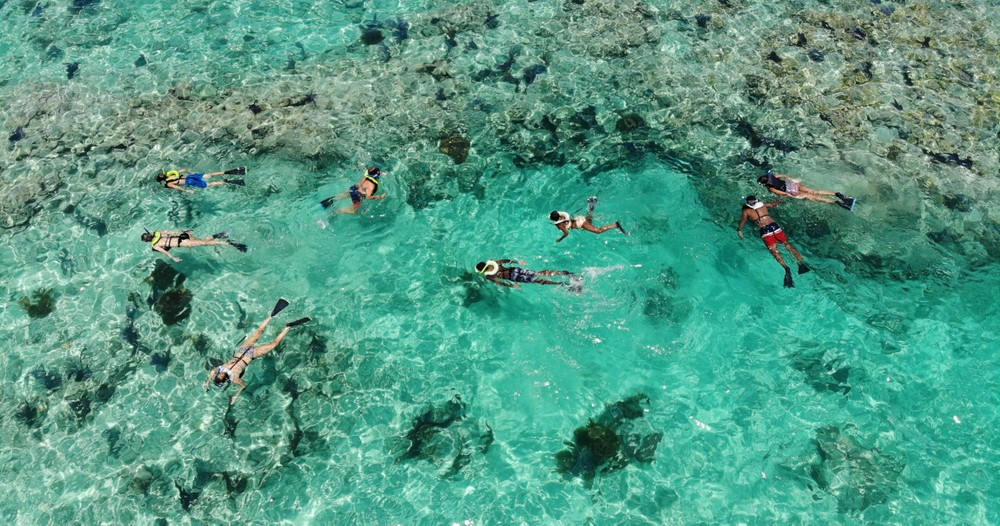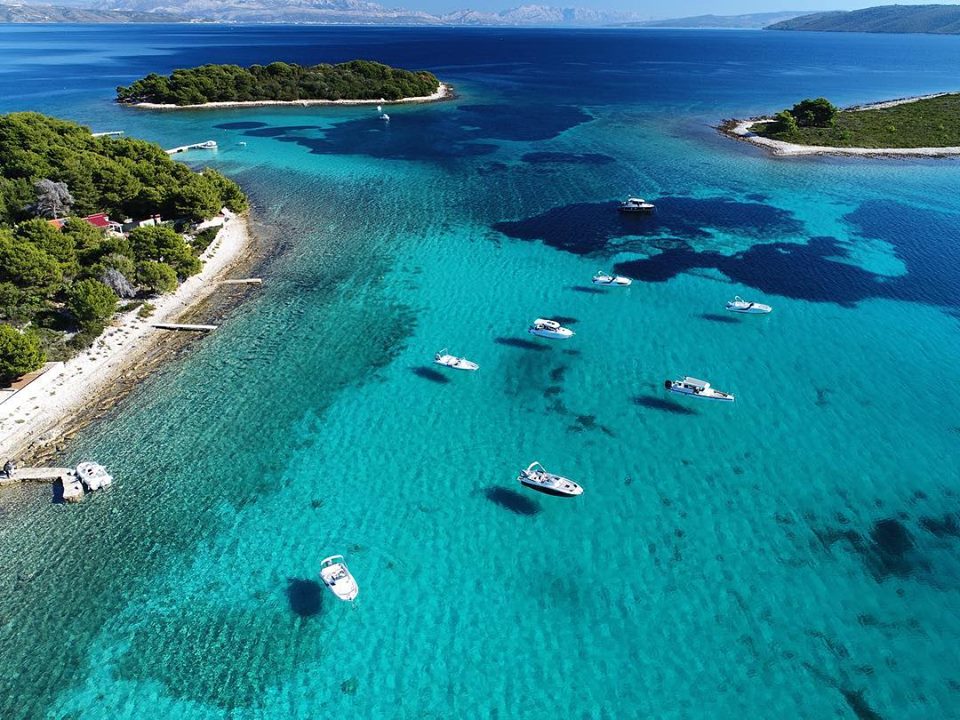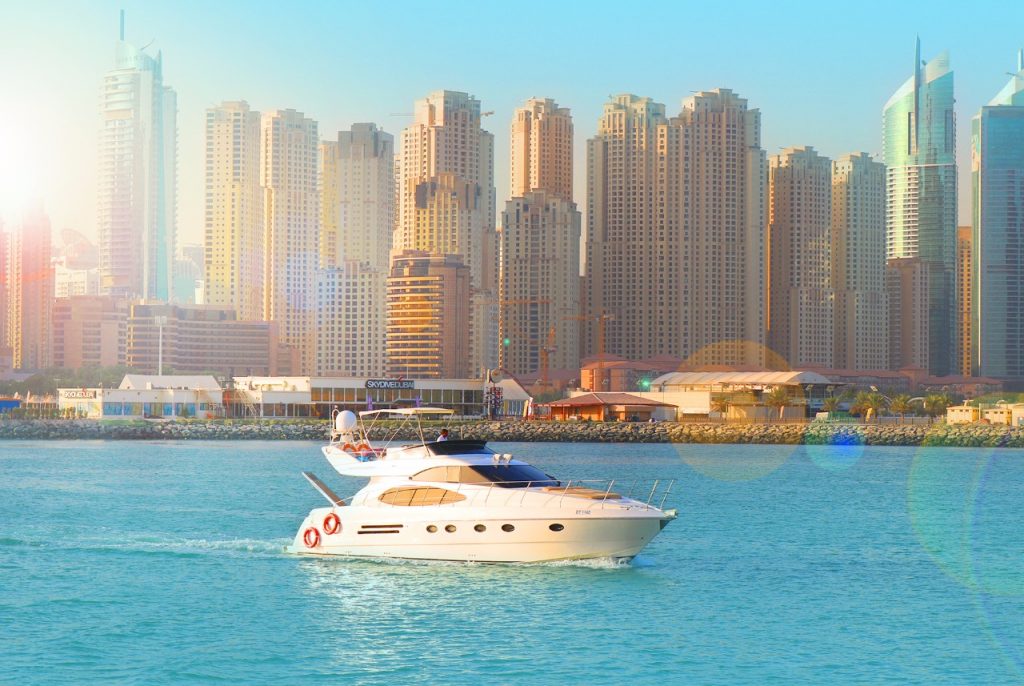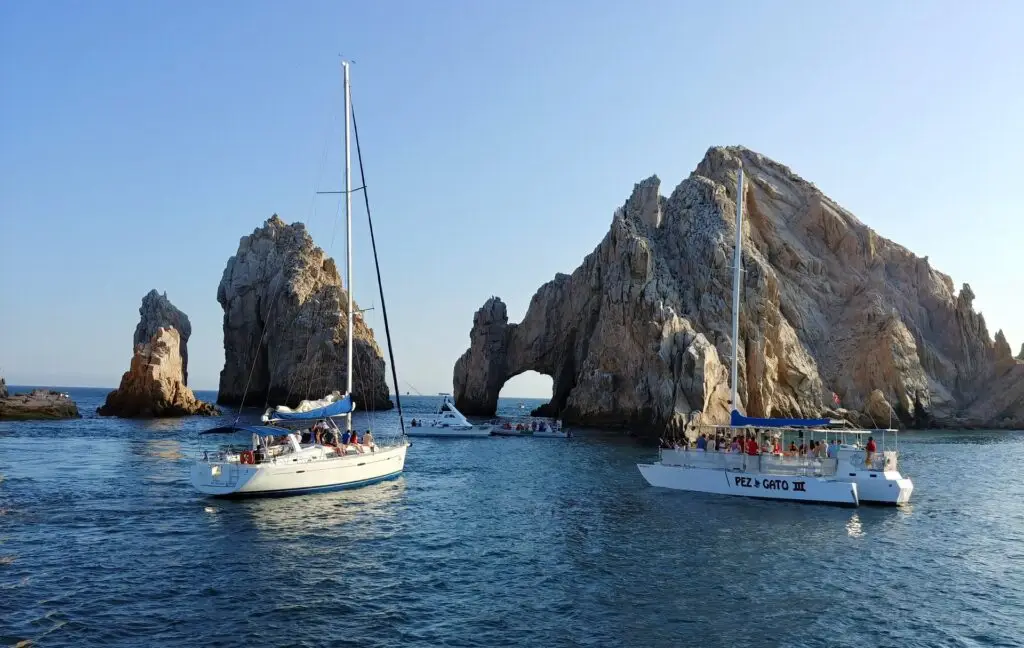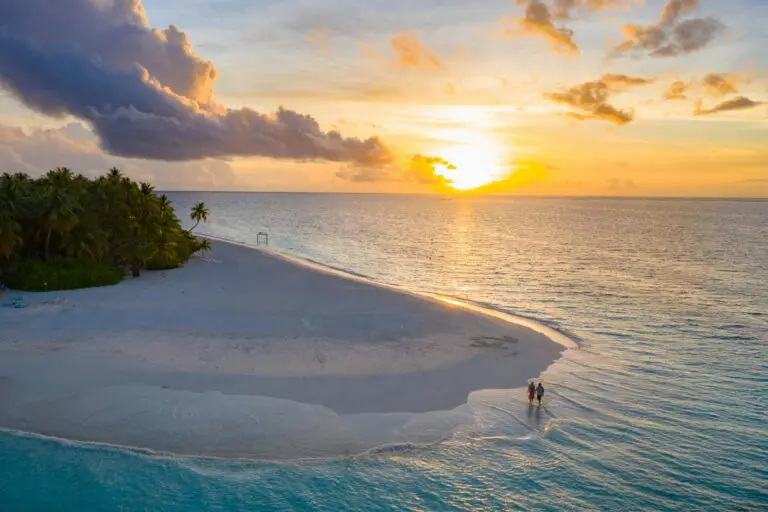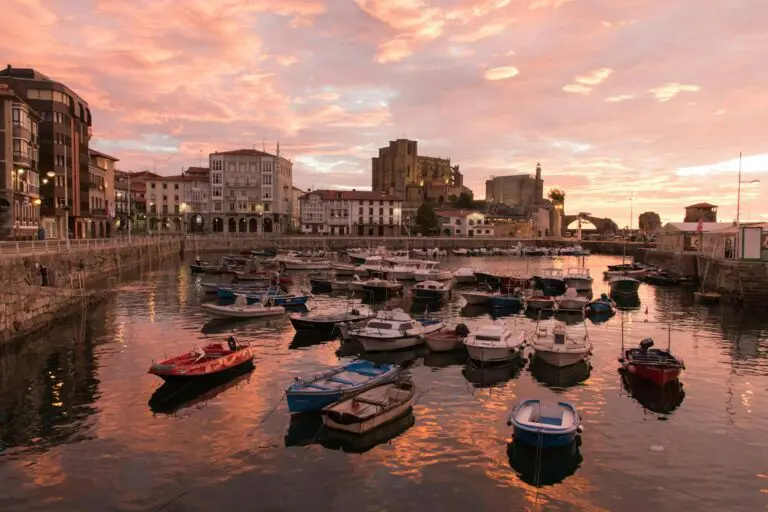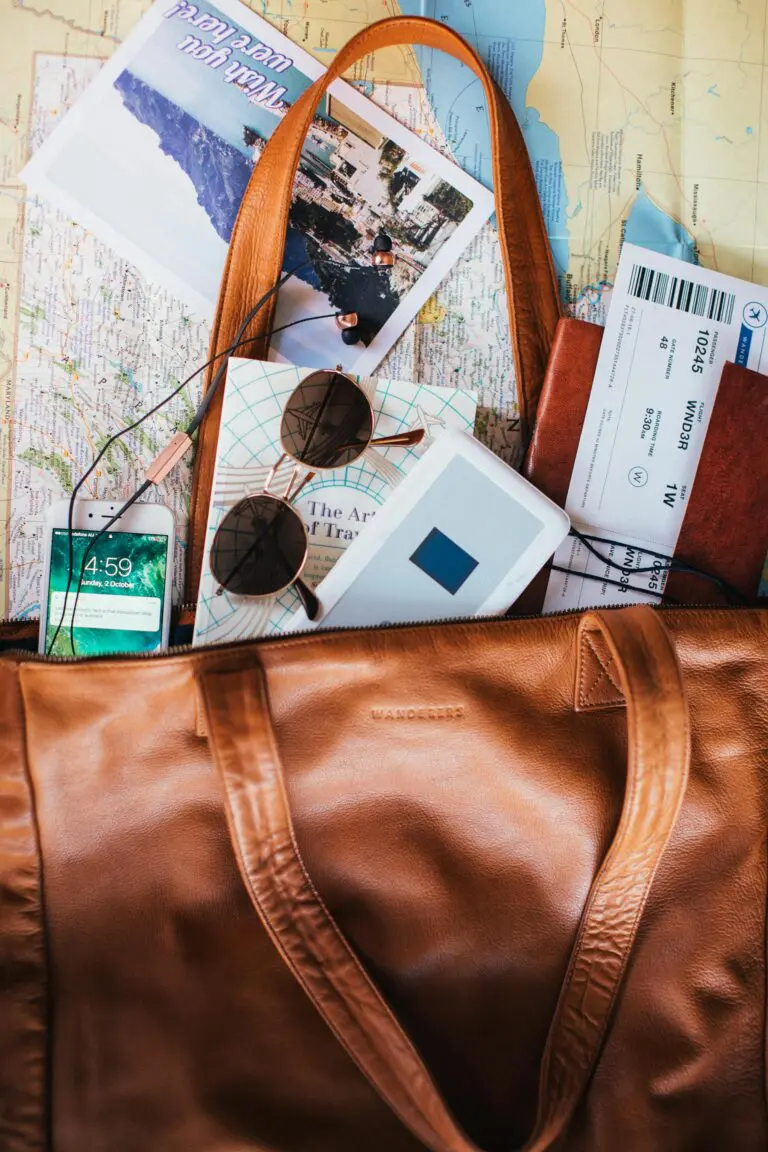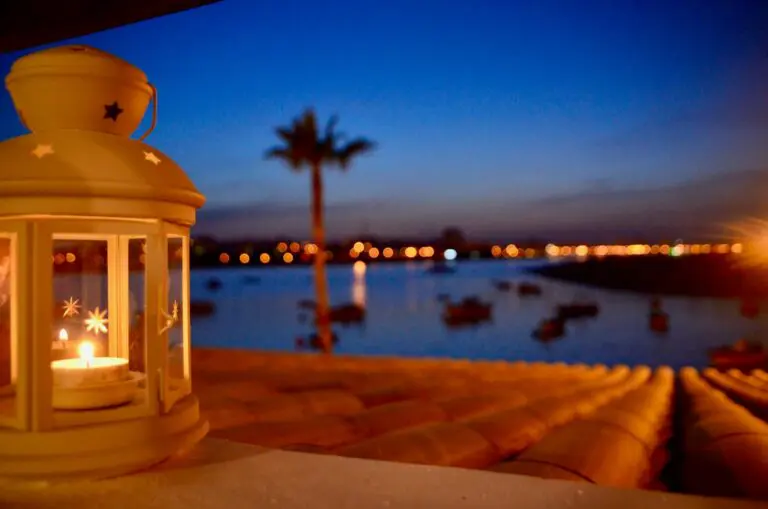Figuring out how to pack both rest and adventure into a single trip? It’s trickier than most travel blogs admit. One destination promises perfect beach lounging. Another throws you into markets, museums and mountain trails until exhaustion kicks in somewhere around day four. The sweet spot exists, though; you just need to approach planning a bit differently.
A truly balanced trip doesn’t ask you to choose between unwinding and exploring. Both happen. You come home feeling like you actually took a break, but you’ve also collected stories worth telling. Getting there takes more than booking flights and accommodation—it requires honest thinking about what recharge actually looks like for the traveler in question.
Figure Out What Actually Matters (Before Opening Booking Sites)
Not everyone wants the same holiday. Obvious, perhaps, but easy to forget when Instagram feeds full of sunrise hikes start influencing decisions. Some people genuinely need three days doing absolutely nothing. Others get restless after a single afternoon by the pool.
Worth asking: what’s the actual purpose here? Recovering from months of deadline stress? Learning about somewhere completely different? Moving through landscapes that don’t exist back home? The answers shape everything else. A work-exhausted professional might need Costa Rican beaches with the occasional rainforest walk. An enthusiastic amateur photographer probably wants variety—street scenes, natural light at different altitudes, faces that tell stories.
Planning with others adds layers. Mixed groups aren’t doomed, but they need upfront conversations. Getting everyone’s preferences on the table early prevents the awkward mid-trip negotiations where someone admits they’ve been miserable for three days.
Pick Places That Already Do the Heavy Lifting
Geography helps. Countries with varied terrain and distinct regional cultures hand you options without requiring three connecting flights. You’re after contrasts close together—ancient sites near mountain passes, busy cities within reach of rural quiet.
Peru excels in this regard in ways that often surprise first-time visitors. Cusco’s altitude and colonial architecture give way to the Sacred Valley’s markets and terraced hillsides. Machu Picchu sits there waiting (tourist crowds and all), but so do hot springs in smaller mountain towns where travelers actually outnumber locals. The Amazon basin creeps in from the east. The Pacific crashes against cliffs to the west. With so many contrasting environments close together, visitors can choose your perfect Peru vacation without constantly hopping between distant regions.
When researching destinations, dig past the headline attraction. What else lives within a few hours? Local travel forums and recent blog posts (excluding sponsored ones) reveal this more effectively than official tourism sites. A country that offers several experiences in one trip usually beats trying to cram multiple countries into a limited time—fewer flights, less packing, more actual experiencing.
Build Breathing Room Into the Schedule
The urge to maximize every day makes sense. International flights cost money. Time off work is limited. But cramming activities back-to-back typically delivers stress dressed up as adventure.
Space things out. A morning spent hiking to waterfalls deserves an afternoon where nothing’s scheduled. Museum marathons need recovery days. After pushing through packed itineraries, many travelers admit that the unplanned mornings ended up being their favorites—wandering into random cafes, chatting with locals who weren’t expecting tourists, and discovering the neighborhood bakery that doesn’t appear on any map.
When building the itinerary, alternate between high- and low-intensity activities. Two days of active sightseeing? Follow with something gentler. Perhaps just explore one neighborhood slowly, or spend a morning at a market without any agenda beyond observing how vendors interact with regulars. This rhythm—move, pause, move, pause—keeps energy levels sustainable.
Leave genuine gaps for spontaneity. Someone at the guesthouse mentions a festival happening tomorrow. The weather turns perfect for that mountain road everyone recommended. A local restaurant smells too good to pass up. These moments only exist when the schedule allows them.
Plus, tired travelers make poor travelers. Dragging through yet another cathedral because it’s on the list isn’t actually experiencing anything, it’s box-ticking while fantasizing about bed.
Consider Letting Someone Else Handle the Details
Not everyone wants to manually plot every meal and bus connection. Guided itineraries or packages that already balance rest and activity can remove significant mental load—especially useful in destinations where language barriers or complicated transport systems add friction.
Many providers now incorporate variety, including cultural stops, natural landscapes, and free time. The key is checking reviews for pacing feedback. Do previous travelers mention feeling rushed? Were rest days actually restful, or filled with ‘optional’ activities that became obligatory through group pressure?
What Balance Actually Feels Like
No universal formula exists—one person’s perfect pace leaves another bored or exhausted. But certain indicators suggest things are working. Coming home feeling both rested and stimulated, rather than needing a holiday from the holiday. Days that felt full without feeling frantic. Experiencing new things without the overwhelming sense of checking boxes under time pressure.
Reflect on past trips. Which ones left lingering satisfaction weeks later? Which required immediate recovery time? The patterns reveal personal balance points. Some travelers thrive with minimal structure; others need clear daily frameworks. Neither approach is wrong, they’re just different operating systems.
Also, trust your feelings during the trip itself. Exhaustion isn’t weakness—it’s data. Skipping a planned activity to nap or sit in a park isn’t failure; it’s an adjustment. The itinerary serves the traveler, not the other way around. Better to genuinely enjoy fewer experiences than trudge through more while mentally checked out.
Making Travel Work Better
Well-planned trips deliver more than camera rolls. They provide actual restoration plus genuine discovery. The space to both decompress and engage. When personal preferences guide choices rather than external pressure or FOMO, travel improves considerably.
The most satisfying holidays typically aren’t the busiest ones. They’re the ones that line up with what the traveler actually needed—whether that’s adventure, rest, cultural immersion, or all three cycling through in sustainable proportions. That’s where the good stuff lives.
